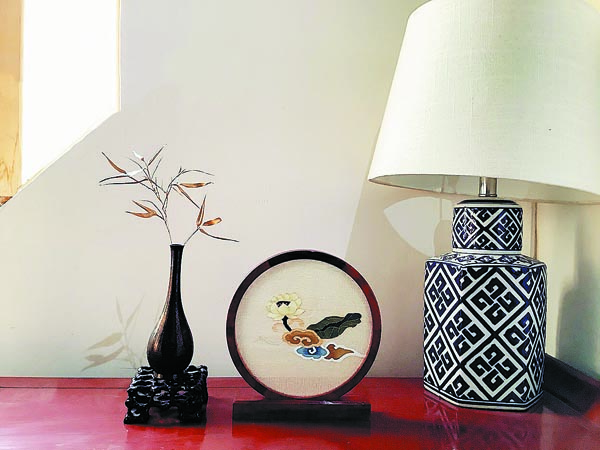

As he sees it, the craft has evolved into a fusion of painting, calligraphy and hand-weaving or embroidering, so he will explore it from those perspectives as well.
In fact, the craft was used for robes, silk panels and scroll-painting covers, as well as for converting exact, whole traditional Chinese paintings into tapestries. Kesi products once made their way to Europe during the Yuan Dynasty (1271-1368), where they were incorporated into cathedral vestments.
To Hao, graduation marked both a new beginning and a new challenge. He has to make a living while continuing to study the craft.
At first, Hao's family and friends tried to persuade him against building a career around kesi, since they considered the craft to be appreciated by such a small number of people that learning it made little commercial sense.
But Hao was determined and, in 2013, got a job at the Suzhou Embroidery Research Institute.
"I was lucky when the institute hired retired kesi experts to teach us young people," Hao says. He adds that he was especially grateful to his tutor Li Ronggen, who imparted comprehensive knowledge about the finer aspects of the craft.
However, while the learning process was smooth, Hao was struggling to make ends meet.
As a probationary employee at the time, he was only drawing a monthly salary of 1,200 yuan ($188), and had barely anything left after paying rent.
Hao had to make handicraft items after work and peddle them at tourist spots at weekends.
"It was hard, but fulfilling," he recalls.
Hao became increasingly recognized by people in the industry, especially with his college design degree and kesi expertise.
But, it didn't take long before he was seeking change.
"I was basically doing what I was told at work," he says. "But I wanted to do something different, something with my own ideas."